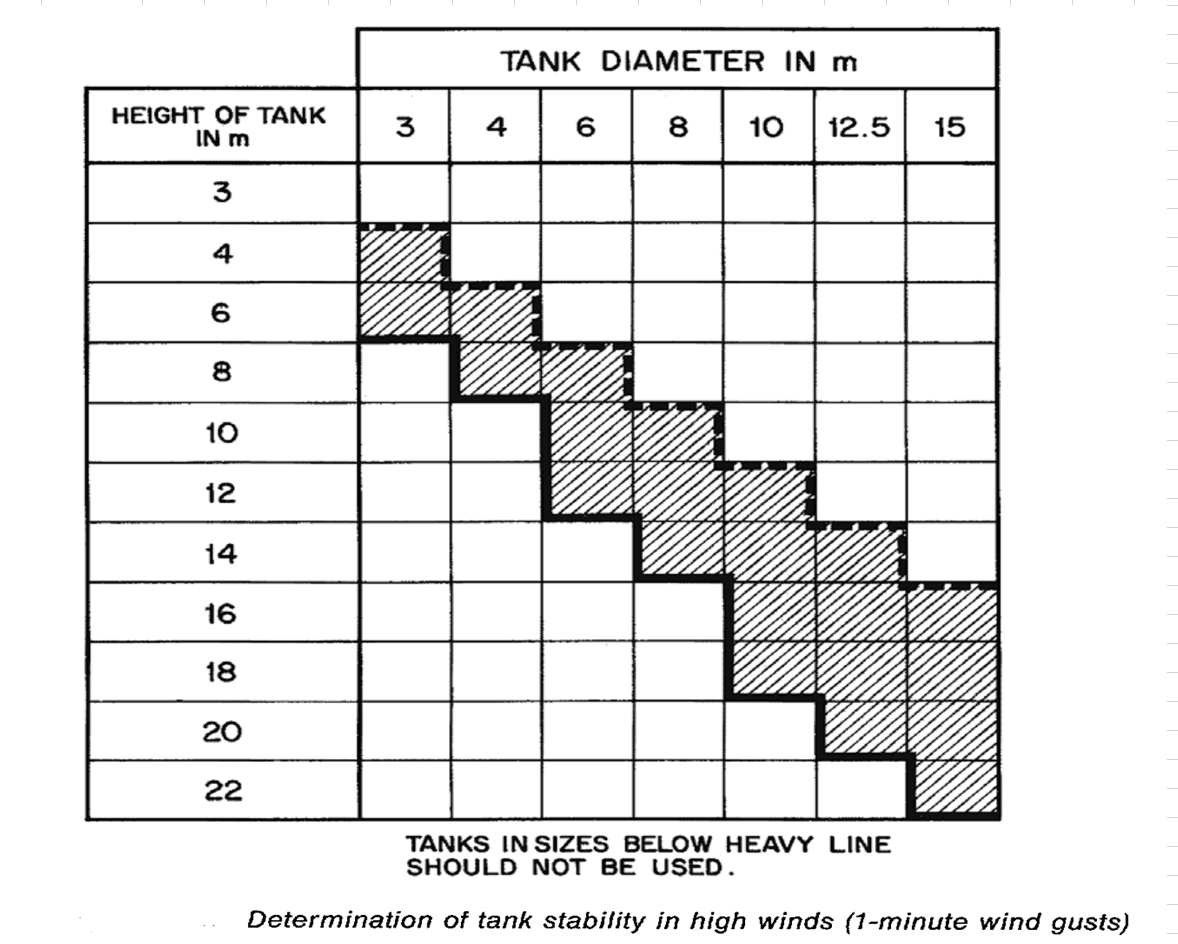Shvet1, if I am following you correctly, I think I understand what you're saying that a difference of 10degC is probably not a massive issue. However, as I stated in my original post I have similar issues with other vessels containing different liquids where I calculate the relieving temperature between 200-250degC at 3.85barg depending on the case. In those cases, and in absence of any other measures such as what I mentioned in my original post, my understanding is that there needs to be a balance between relieving temp, relieving pressure, MAWP and MAWT as latexman suggests. However, I am quite new to pressure relief so I wanted to gauge opinions from more experienced members.
Sorry for late response, but I have not so much free time as other active forummembers do. Sorry for english, I have a rare practice and lack of time.
To reply your comment in a constructive manner I have spend a couple dozens hours screening my archive for applicable corporate engineering practices. I have looked through 10+ of those in total just to find references that I would be able to cite as my personal view point/opinion (or someone else) is not relevant for cases like this is.
Find below my advise for a newcomer to process industry
The idea is the abnormal/emergency conditions like overpressure cases are, especially a firecase, do pose a serious threat and shall be treated with care. But what is not obvious is (1) probability of such events; (2) the overprice resulted from rash actions taken; (3) the incredible amount of assumptions behind abnormal/emergency calculations. You would be amazed if you assess all those assumptions that industry has historically incrementally accepted to implement ovepressure practices. From an inside look ovepressure phenomenon more looks like a public agreemnt than an a sort of engineering.
You may open a process safety handbook and do find the probability of the death as a result of a direct strike of lightning or a meteorite. Although such event seems exaggerated and more like a humor those do have a rate that the industry can't deny. Does this mean an engineer, particularly alexzo, should implement protection measures from a meteorite? The answer th industry has been practicing is "no" as the value resulted for industry/society in this case would be less then the value for a victim of a such direct strike.
Most Majors' corporate engineering practices omit the instructions to ignore emergency relief temperature during specifying a PV design temperature. I guess this is because of the point is quite obvious for their developers&recipients so there is no need to codify it. I have not provided a really deep search as I have time only for screening, but the only statement that I have come across is from FosterWheeler's std.:
1.3.3 Overheating and Corrosion
Pressure relieving devices protect a vessel or item of equipment against overpressure and not against failure due to high temperature when exposed to fire, nor failure due to corrosion. Safety in connection with such failures must be considered independently. For instance, a vessel exposed to fire is protected for pressure by the relief valve ; however, the vessel can fail because of excessive metal temperature, especially in those cases where the vessel contains mainly gases. Vessel safety can be improved by a depressuring system to reduce the pressure to a safe low level (refer to API 521, § 3.19) or by cooling the vessel with water spray, or with fire-proof insulation.
The Majors having the most conservative approach to the safety permit specifying relieving temperature as PV design temperature but only in particular cases, e.g. ExxonMobil's std.
Remote Contingency
An abnormal condition which could result in exceeding design pressure at the coincident temperature, but whose probability of occurrence is so low it is not considered as a design contingency. Note that temperatures above the design temperature may also be permitted under remote contingency conditions.
I can't cite here all practices related to peculiarities of relieving and design temperatures as those are extensive and complex and do not comply with the format of this forum. But I hope the idea above is clear.
Relating to your questions posted - sure you can rise this PV's DT up to 110 or 150 or 200°C and this will be believed as a good move. The idea I tried to express in the previous post is:
(1) this is not a widelly spread or generally accepted industry practice, many users do not follow this logic
(2) you or your client will get no value from this move other than a sort of gambling with some figures not knowing to other except you and maybe 1-2 persons that will have been invoilved in this design
Edited by shvet1, 15 November 2024 - 05:31 AM.

 FB
FB










